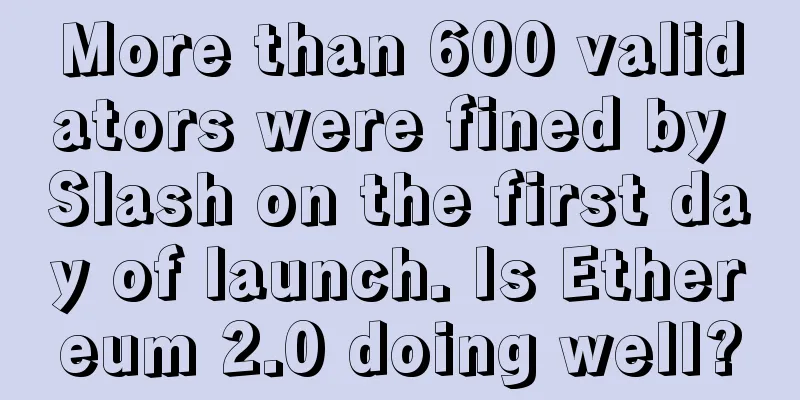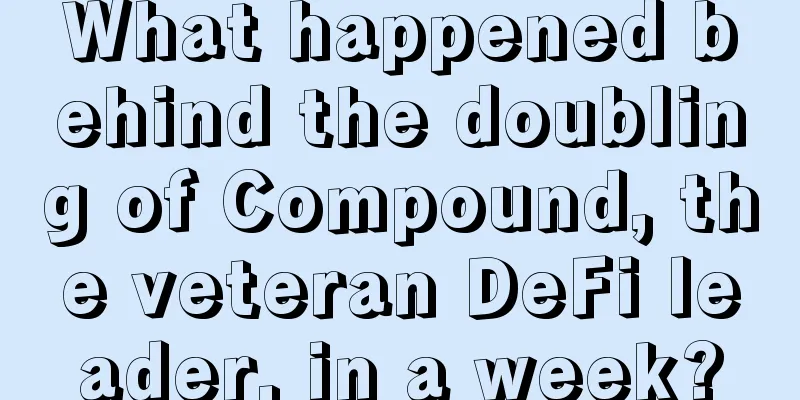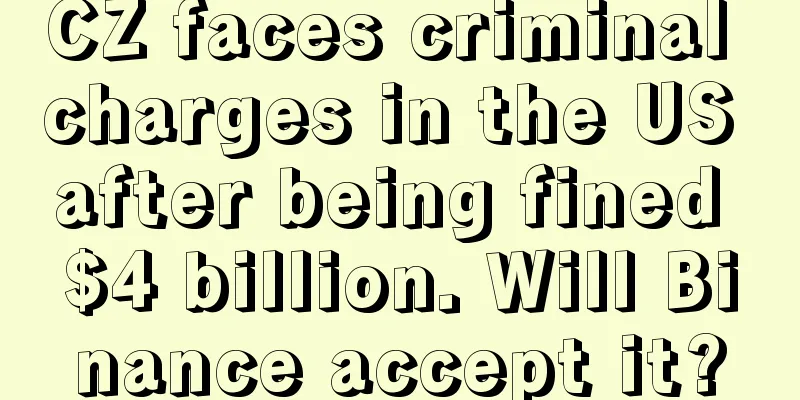More than 600 validators were fined by Slash on the first day of launch. Is Ethereum 2.0 doing well?

|
Although most people are making money, it sounds a bit "scary" when you see that more than 600 validators were Slash fined on the first day of Ethereum 2.0's launch. Compiled by Turstnode | PANews So far, Ethereum 2.0 has been running very smoothly, with a participation rate of about 97%, far higher than any test network. On the other hand, the Ethereum 2.0 network has also done a good job in constraining the misconduct of validators, especially preventing them from making any violations beyond the code requirements. In fact, as of December 2, the day after the launch of the new proof-of-stake Ethereum 2.0 blockchain, more than 600 validators had their earnings cut due to Slash penalties. Slash penalties are penalties that Ethereum 2.0 charges from the 32 ETH staked by a node. Any amount of Slash penalties cannot be replaced. If a node's staked ETH tokens drop below 16 due to accumulated Slash penalties, the node will automatically exit the Ethereum 2.0 network. Ethereum 2.0 validators "lost money"? So far, the largest slash penalty is 0.23 ETH, which is about 0.7% of the 32 ETH staked. However, this is just one person (and the first person to be slashed), and in fact, for most people who have been slashed, the fines are mostly 0.0136 ETH or less. On the other hand, there are far more people who "make money" on Ethereum than those who "lose money". Currently, among the validators with a pledge of 32 ETH, the largest "profit" reaches 0.0806 ETH, but most of the profit amounts are basically 0.02 ETH or less. The real problem is that since so many people have been slashed just one day after the launch of Ethereum 2.0, it seems that some people may not realize the competitiveness brought by token staking. As of December 2, 21 forked blocks have been generated on the Ethereum 2.0 blockchain, one of which forked at the fifth epoch. Ethereum 2.0 validators need to provide "evidence", but wrong "evidence" can seriously weaken the network, and it is impossible to distinguish between intentional misconduct and accidental mistaken vouching. For example, according to Ethereum 2.0 researcher Justin Drake, if the Ethereum blockchain finds a block equivocation, the validator will be fined by Slash, that is, as long as the validator gives a "different assumption", he will be fined. So, can the validator circumvent this problem? Justin Drake believes that the reason for this problem may be that the validator runs a lot of "fancy" verification redundancy and tries to bypass the Slash penalty protection. Justin Drake explained: “The largest slash fine so far is only 0.23 ETH. This is because slash fines are actually very lenient. Ethereum 2.0 may just want to isolate those who are not doing the right thing.” In fact, the Ethereum community seems to have found some solutions. For example, StaFi Protocol, a decentralized protocol that provides liquidity for pledged assets, has launched a solution to the Ethereum 2.0 pledge liquidity dilemma, namely the rETH token. They allow users to participate in Ethereum 2.0 pledge through the pledge contract deployed by StaFi on Ethereum. Not only is the pledge amount not restricted by 32 ETH (the minimum amount pledged by users can be 0.01ETH, and there is no upper limit for the maximum), but the operation is also very simple. There is no need to run a node client and invest in operation and maintenance costs, let alone worry about risks such as Slash penalties. Although most people are making money, it sounds a bit "scary" when you see that more than 600 validators were slashed on the first day of Ethereum 2.0. Of course, compared to the 21,000 validators currently running on the Ethereum 2.0 network, 600 is still a small number. |
<<: Bitcoin is experiencing a bull run again. How is it different from 2017?
>>: What does Bitcoin’s “four-year halving” mean?
Recommend
Bitcoin bulls are selling at high levels, and the trend has turned to volatility. It is recommended that some investors exit the market and wait and see!
BTC The daily chart closed with Pinbar, and the p...
Innominex claims RMB 170 million from A-share packaging company, Changdian accuses Innominex of defaulting on its debt
Wu Blockchain learned that the mining machine com...
What are the characteristics of a face that is likely to lead to a successful career? How to predict career fortune through face reading?
By looking at a person's face, you can learn ...
What kind of man will be loyal to his wife according to his face?
How to tell from facial features what kind of man...
What are the signs that a man will be rich?
Everyone hopes that their life can be richer and ...
Is a man with a hooked nose good or bad? What is his personality like?
1. Good at observing people’s words and expressio...
Whether you will be blessed with children can be seen from your face
Whether you will be blessed with children can be ...
Kleiner Perkins: Five reasons to invest in blockchain
Our team at KPCB has led a $12.5 million investme...
Private blockchains are just a confusing name for shared databases
Editor's note: The original author Arvind Nar...
Girls must look at face knowledge when dating
Blind dates have become an increasingly common ph...
What do two forehead wrinkles mean?
Have you ever carefully observed your forehead to...
Cashew nut eyes
Cashew nut eyes What does it mean when a woman ha...
Is it good for a woman to have a mole on her left chin?
Some women have a mole on their chin, and some sa...
How do the different types of treacherous faces affect marriage?
There are marks on the chin People with scars on ...
ECB President: Bitcoin is ‘highly speculative’ and needs to be regulated
European Central Bank President Christine Lagarde...









